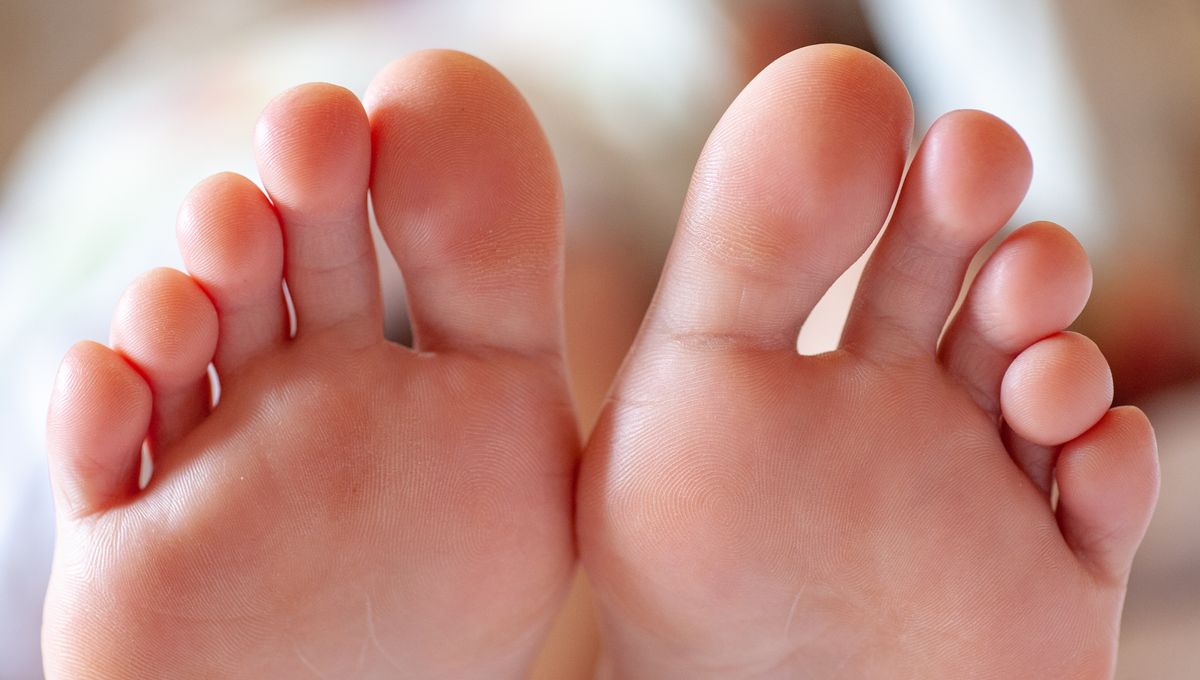Did you know that ancient four-limbed animals, known as tetrapods, often had more than five digits? Fossil evidence has shown that creatures like Acanthostega, which lived around 360 million years ago, had eight digits on each foot. However, around 15 million years later, tetrapods with only five digits emerged.
So, why the sudden reduction in tetrapodean tootsies? Well, besides the advantage of not having to come up with extra lines for the nursery rhyme “12345, once I caught a fish alive,” there may be clues in the changes that occurred in the rest of the limb and where later tetrapods spent their time.
Researchers believe that tetrapods in the Late Devonian period were primarily land-dwelling and had developed a limb bone structure that made walking on land much easier. In comparison, early tetrapods like Acanthostega and Icthyostega had an L-shaped bone in their upper limbs that may have restricted their mobility on land. Since they were thought to have spent more time in or near water, it makes sense that they wouldn’t yet need super flexible legs.
Interestingly, this change in bone structure and digit number happened around the same time. It’s possible that having fewer digits also helped with living on land. However, this is currently just a theory, as paleontologists don’t have enough fossil evidence to reach any solid conclusions.
Now, here’s an intriguing question: could humans ever regain their extra extremities? According to science, probably not. There’s a well-known principle in evolutionary biology called Dollo’s Law, which suggests that once an organism loses a complex structure, it’s unlikely to regain it.
Of course, there are exceptions to every rule. In 2017, scientists discovered a lizard that had re-evolved its ability to lay eggs. However, such events are still relatively rare.
If you’re not willing to wait for the evolutionary lottery, there is a theoretical possibility of reintroducing or editing the genes involved in digit formation. However, tinkering with these genes may not be a wise idea, considering their involvement in the overall development of the body.
In the meantime, our ten fingers and toes are already capable of plenty of cool stuff. So, let’s appreciate what we have!








